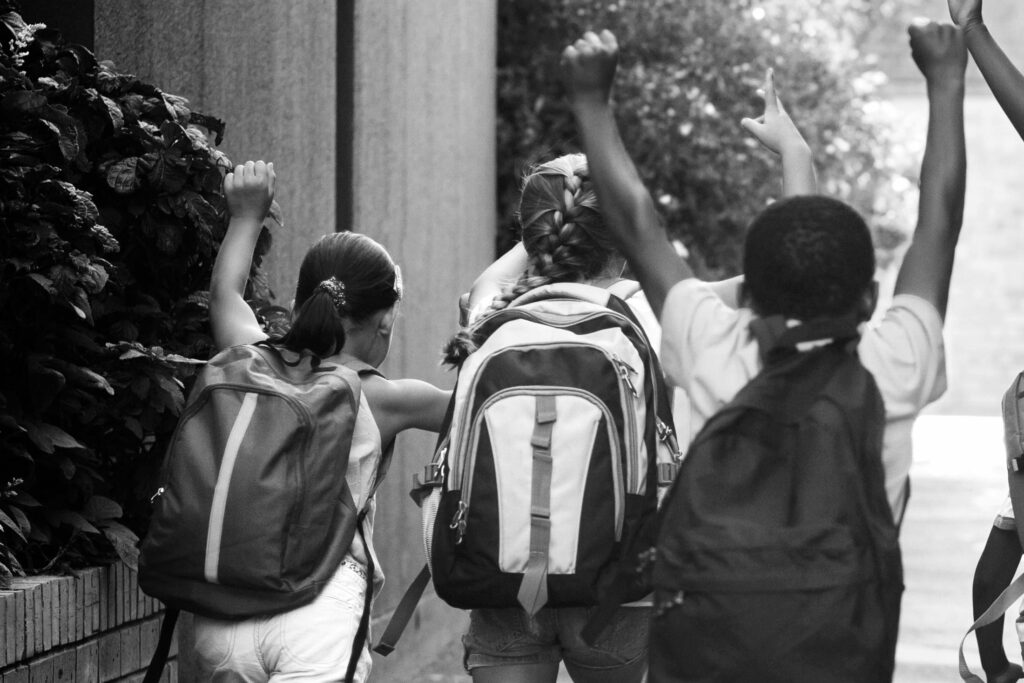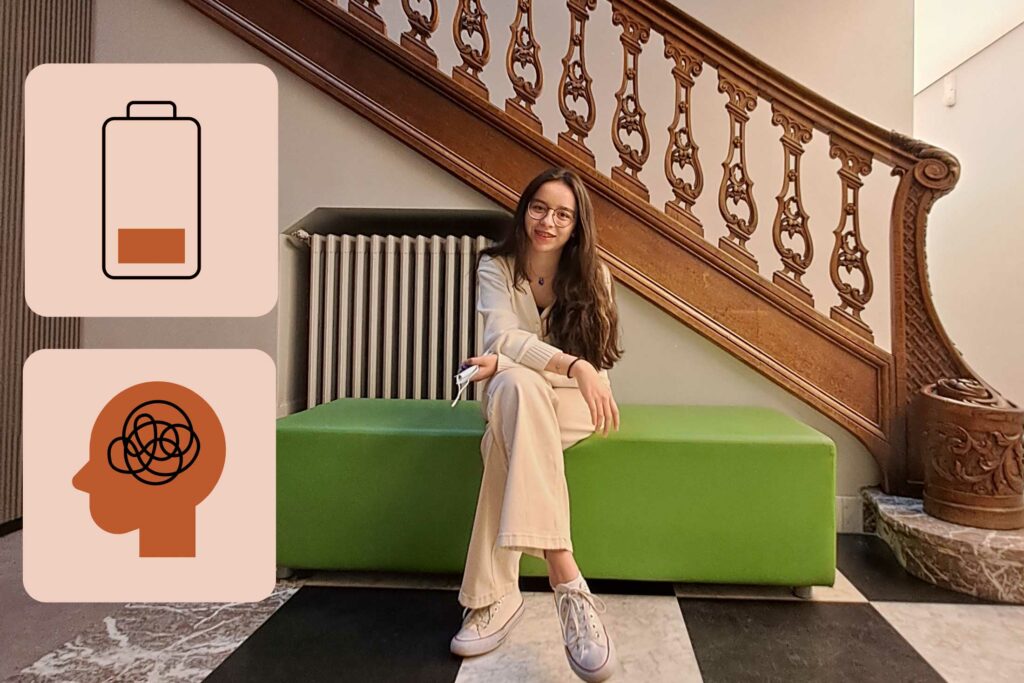PRACTICAL GUIDE FOR FAMILIES AND EDUCATION STAKEHOLDERS
Pediatric Long Covid is characterized by the persistence of several symptoms for at least three months after the initial infection.
It affects children’s ability to carry out their daily activities, such as playing or going to school.
Some children may not show any symptoms at the time of the initial infection, which may have affected their parents, and others may have never even had a positive test.
For some, the symptoms persist without ever fully disappearing. Others may experience temporary improvement before the symptoms return.
Research has identified over 40 possible symptoms associated with Long Covid in children and young adults.
Each child may present a different combination, making each case unique. These symptoms are so new that sometimes those around the child may not realize that the child is changing, or may mistake these changes for behavioral issues.
TO DATE, THERE IS NO CURE
It is impossible to predict the duration of the illness with precision. Some children may recover in a few months, while others may experience symptoms for a longer period, or intermittently over several years.

IMPACTS ON CHILDREN AND ADOLESCENTS
CHILDREN AND ADOLESCENTS SUFFERING FROM LONG COVID FACE MANY CHALLENGES, AFFECTING BOTH THEIR EDUCATION AND WELL-BEING.
These challenges require tailored care to allow them to continue learning under the best possible conditions.
DAILY CHALLENGES
Fatigue and pain: Persistent fatigue and chronic pain make it difficult to follow a full schedule.
Fluctuating capacity: Their condition can vary greatly, with “normal” days followed by relapses where symptoms intensify.
Concentration problems: These students struggle to follow along in class or to read and understand long texts.
Short-term memory problems: Tasks are often forgotten or incomplete, and new information is difficult to retain.
Slowed processing of information: Assimilating, analyzing, and responding to instructions takes longer, making exams and assessments more challenging.
Sensory hypersensitivity: Noises in the classroom or hallways can trigger sensory overload.
Physical limitations: Climbing stairs, standing, sitting for long periods, or moving frequently can worsen symptoms such as headaches, dizziness, or nausea.
The fatigue reduces social interactions, and the most severely affected students may lose all connection with their peers.
Reinfections and co-infections: Any illness, whether a reinfection with COVID-19 or other common infections, can worsen their condition.

While the majority of young patients recover quickly, some continue to suffer from symptoms that persist for weeks, months, or even years. Pediatric Long Covid represents a complex condition that deeply impacts the physical and mental health of young patients.
The symptoms of Long Covid can vary in intensity and duration, impacting the quality of life of young patients.
Each patient may present a different combination, making each case unique. These symptoms can significantly affect daily life.
Since the child may minimize the symptoms associated with this illness, their diagnosis is often difficult.
For healthcare professionals, the sudden onset of school difficulties without an obvious cause should raise the question of potential pediatric Long Covid.


